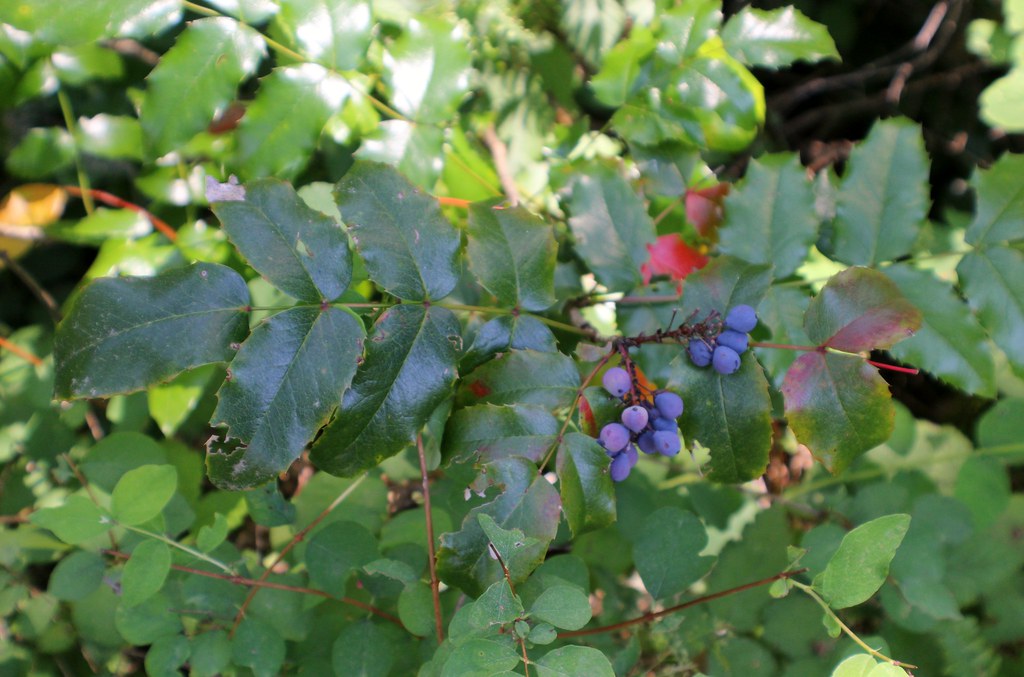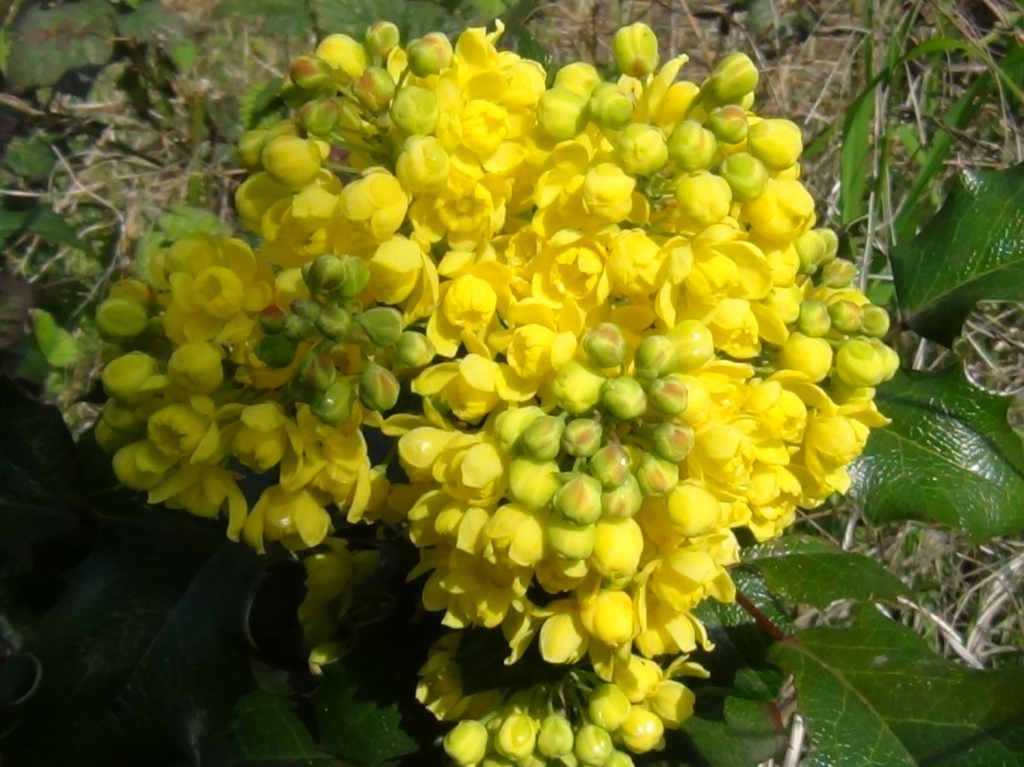
The lowest growing of the three, Mahonia repens generally grows to only about a foot in height, with a spread to three feet. Mahonia repens Low, or Creeping Oregon Grape The pale yellow flowers form in long racemes of about eight inches, and the leaves are blue-green turning dusky maroon during winter.Ī slower-growing species, it is especially well-suited to areas of dry shade, providing an attractive anchor for the border of a shady garden. This Oregon grape is lower growing evergreen shrub, topping out at about two feet. Mahonia nervosa Cascade, Long-leaved, or Dull Oregon Grape All in all, a beautiful, adaptable, bird-friendly addition to many garden settings. It can grow in full sun, but will suffer if not given some shade where summers are hot, even with more regular water.

Mahonia aquifolium can easily withstand the dry shade under large trees, though also tolerant of moist (not wet) conditions. The effects of cold, sun and even age, will cause leaves to take on shades of red to nearly purple, providing a rich tapestry of color when joined with the bronze-red color of its new growth, the bright yellow of the flowers and the dusky blue of the berries. Give it some space, for the tough rhizomes can have it spreading to a richly textured evergreen thicket that is a wonderful protective site for birds. It is the tallest of the native species, sometimes reaching up to ten feet, though more often in garden settings staying four-to-five feet tall upright, sometimes slightly arching branches covered with the prickliest of leaves – a good candidate for a hedgerow or back of a garden bed. This woodland beauty is Oregon's state flower. There are many sources of information about these uses but here are two at Bosky Dell Natives: Recipes from Bosky Dell Natives and an article on teas by Judy Bluehorse Skelton, herbalist and educator (Thank you to Bosky Dell Natives). The root has traditional medicinal properties, and along with the yellow inner bark has been used as a dye. Recipes for jelly usually combine the juice of Oregon grape with that of the sweeter salal berries or apple concentrate. The berries are edible, though not always palatable, as they are often quite tart. Following the bloom are clusters of dusky blue, round to oblong berries that are the "grapes" that give it its common name.

In early-spring, the plant is topped with sprays of small bright yellow fragrant flowers in a long-blooming display that attract bees, hummingbirds and other pollinators to the garden. Woody-stemmed and spreading by rhizomes, the new growth in the spring emerges in a light green to soft coppery-red color at the other end of the year the foliage responds to colder weather by taking on shades of bright red to burgundy - truly lovely in the grayed winter landscape.
/grapes-880c5ea8501d4e558af267de04a07984.jpg)
Of the many species of Mahonia, three are abundant in Oregon and throughout the Pacific Northwest: Mahonia aquifolium, Mahonia repens, and Mahonia nervosa.Īll three are evergreen and have the characteristic holly-like leaf shape, some more pointed and prickly than others.


 0 kommentar(er)
0 kommentar(er)
